Research Counts

It’s Time to Bring Back the People: Challenges and Opportunities for Participatory Disaster Recovery
Including the public in disaster recovery planning might seem obvious, but it's a step that's often not given enough attention. This article offers tips to make sure recovery is a participatory process.
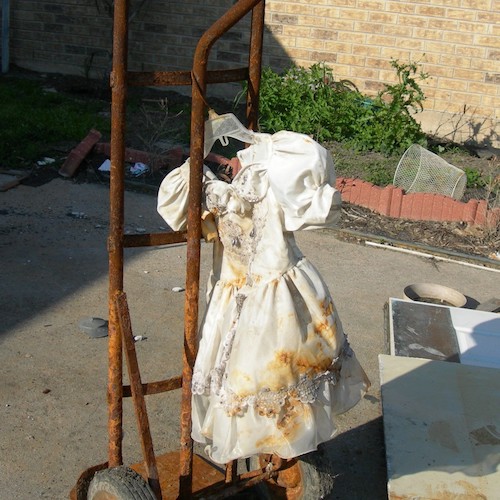
The devastation caused by disaster can reverberate through people’s lives for years, causing a cascade of other problems. This article reflects on the elusiveness of true recovery.
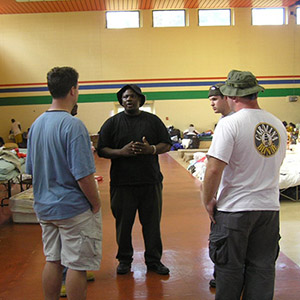
After disaster, communities talk about building back better, but often reconstruct problems of the past. This is true of social infrastructure, as well. Rachel Luft examines how we must rebuild from the intersection of race, class, and gender to create truly effective recovery.
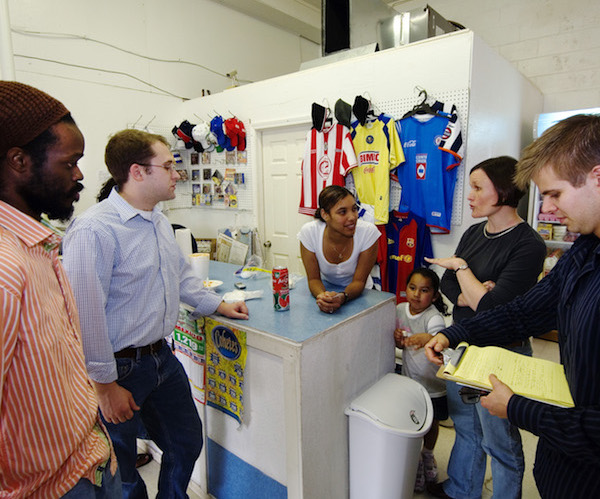
Most people want to return home after a disaster, but they need something to return to. Learn about how community leaders and entrepreneurs provide the seeds to regrowing communities.
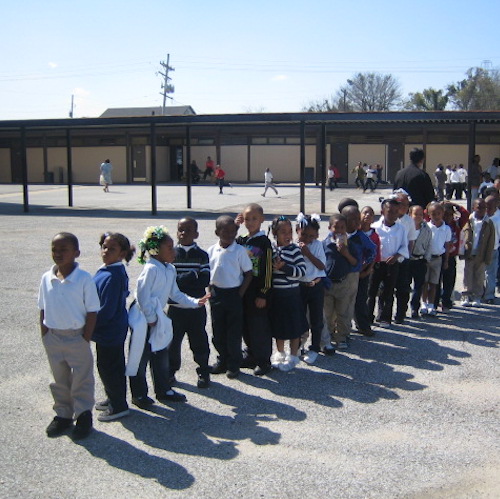
What do children need after a disaster? Drawing from lessons learned after Hurricane Katrina, Fothergill and Peek highlight six critical spheres in a child's life that need additional support when disaster strikes.
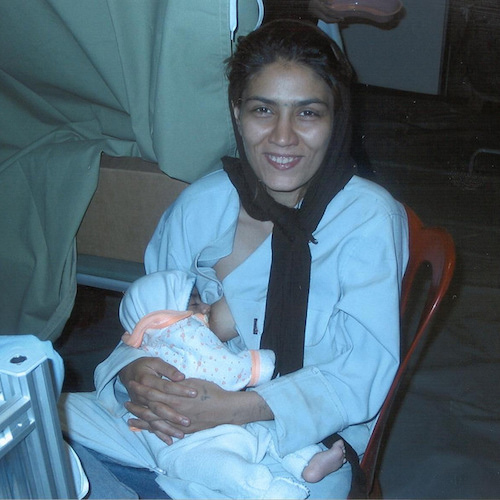
Safe and contamination-free spaces in shelters for infant feeding can substantially improve the evacuation and displacement experience for families in disaster.
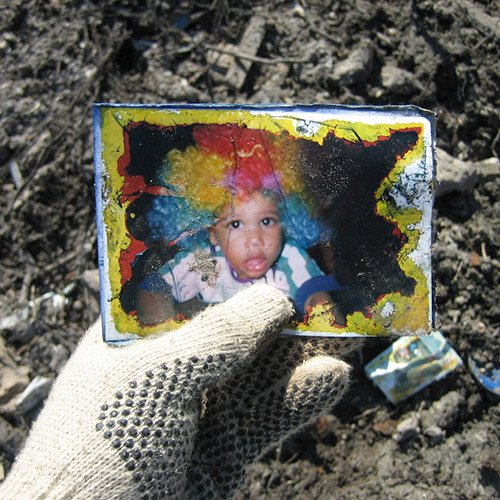
Recovering from disaster is hard enough, but when people are forced relocate—especially lower-income women—they can lose the help of family and friends who might make it easier.
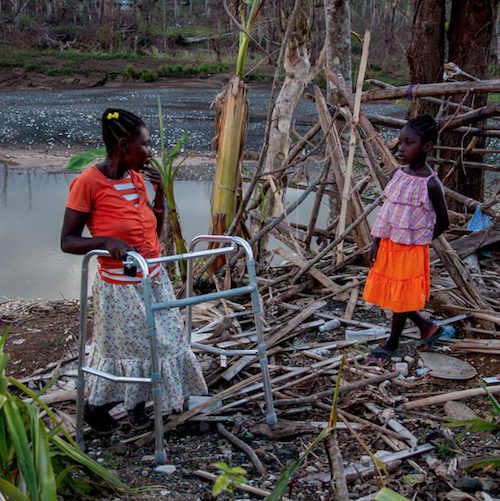
After a disaster, people with disabilities face different challenges in recovery. Laura Stough looks at the myriad of resources and services that need to be rebuilt with an eye to future resilience.
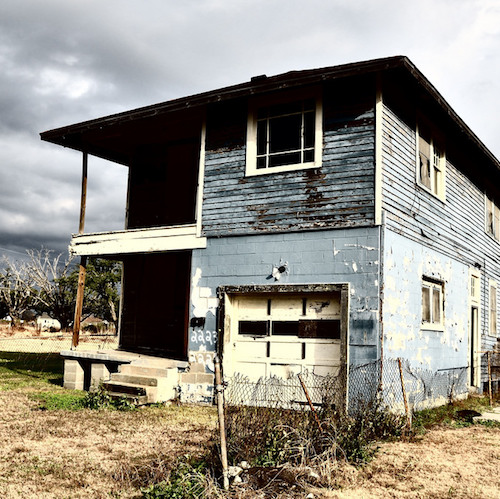
The area where vulnerable populations live often have equally vulnerable infrastructure. Marccus Hendricks examines how increased risk can be literally built into some neighborhoods.

Long-term recovery work often falls to nonprofit and community groups. Good coordination at the outset can make all the difference in their success.
If you are interested in contributing to this series, please contact Natural Hazards Center Director Lori Peek directly at lori.peek@colorado.edu.
